Giovanni Presutti – Born in Florence, Italy, on 03 30 1965, where he still lives. In 1998 he graduates from the photography school Art.E in Florence. From 2003 to 2005 he develops the project “Reflexions” in Paris, with others photographers under the supervision of Giorgia Fiorio and Gabriel Bauret. Then He had an intense exhibition activity in Italy and abroad either in public than private museums and gallery, in several cities as New York, London, Paris, Los Angeles, Saint Petersburg, Moscow, Tel Aviv, Milan, Rome, Turin, Venice, Florence, Naples, Pietrasanta, Genoa ( last of them in Biennale di Venezia 2011 and Rencontres Des Arles 2012). He got several prizes. First prize in A better world in 2008 ( third in 2010), first prize in portfolio ariosto 2007, honorable mention in IPA international photographer awards PRO in 2010 and 201, honorable mention in PX3 Prix de la Photographie Paris professional in 2011, Finalist in Arte laguna Prize in 2011 and 2012, Winner of Premio Musa in 2011 in the Biennale of the Absurd in Castelvetro Modena, third prize in international contest Rovereto Immagini in 2011, winner of Memorial Mario Giacomelli in 2011, selected for Descubrimientos Photoespana 2012, finalist of Premio Ponchielli 2012, winner of Donkeyart Prize 2012, winner of Fofu phot’art challenge 2012, winner of Malamegi prize 2014. He published in several magazines, some of them Vanity fair, Espresso, Sette Magazine. In 2008 he published the book “Mirror”, in 2013 the ebook “Eolo” and in 2015 the book “Contemporanea”. He is a member of Synap(see) collective.

Castello dell’imperatore 皇帝的城堡 – China Land © Giovanni Presutti
How did you get interested in photography? Do you have an educational artistic background?
The artistic vocation has always been present in me but being the son of a lawyer I had undertaken the studies in Law without being convinced. However at some point, I felt that the call to photography could no longer be postponed, because of the suppression of my truest and most intimate part. Let’s say it was my talent at the end that chose for me, put me in an ‘aut aut’ condition and could not help assimilating it. So at the age of 30, I started to study art and Photography in various schools, workshops and Masterclasses. I think that today it is not possible – or at least very difficult – to achieve results without a strong commitment to study and research that can refine your artistic vocation and vision.
Where do you get your creative inspiration from? Is there any other artist or photographer who inspired your art?
Looking inside me, everything starts by the emotions that I feel reading newspapers and books, surfing the internet, watching movies and TV series (that I think are the most advanced and contemporary visual way to tell stories nowadays). There is something coming from outside that strikes me inside, and in which I see myself. Then I try to figure out whether it can hit also the others. There is not a particular artist who inspired me, but it depends on the various periods of my vision, I felt several artists were close to me. If I really have to say a name I definitely appreciate Gregory Crewdson. An important support to my vision comes also from my photographic Collective Synap(see). Having an exchange of views with them not only in the works we realize for our annual theme but also in my personal projects is really useful because it allows me to compare with photographers that I appreciate and whose opinions can lead me to evolve my work in one way or another.

Museo Pecci(佩西)博物館 – China Land © Giovanni Presutti
How much preparation do you put into taking a photograph or series of photographs? Do you have any preferences regarding cameras and format?
Starting a new project is always a long work of reflection on the content and the form that I am going to give it to. Before starting, I usually study the implications in deep detail, I reflect for long and often change ideas several times. Then once I have planned everything in all the details, one part of the work is already done. But there is a lot more to do! In a project such as “Dependency”, every time I wanted to build a new set it was necessary to take great care of the composition and of the people who appear in the pictures but also of the relationship between them and the objects I used. This work needed 4 years to be completed.
In my latest work, “China Land”, the commitment was even more complex. I divided the work in three-phase having place in parallel before building the final composition with the use of Photoshop. This is briefly the concept: “We are in Prato, the place in Europe with the highest ratio of Chinese inhabitants within the population. Starting from the 90’s, immigration has been increasing and unstoppable. Until the world crisis happened, that brought all the ‘Pratesi’ to their knees and giving the Chineses the control of the town, the supremacy of cultural symbols. In a short time, the Chinese community seized the historical centre and layed down their language and habits, covering the walls with colorful signs.” (Steve Bisson).
I created an uchronic world in a “Dickian” perspective and to realize it, first of all I mapped all the Chinese signs in the city by photographing them one by one and then I stored them by genre. Second, I photographed the Chinese inhabitants on several occasions creating an archive also for them. Third, but not least, the choice of Prato’s symbolic places rigorously shot at dawn (for the absence of people and cars and for the mood I wanted to create).
Regarding format and Camera I used to work digitally with a Canon 5dsr fullframe. But occasionally I used some other kinds of camera from polaroid to iphone. Anyway, my choice is always justified by a sense of “Hipsta.nothing”: for example, I identified the most photographed subjects by common people and then I started to photograph them in my daily life. To do this I used an iphone application (Hipstamatic) in which you can use 1188 different effects. For each subject, I took 54 different photographs, each time changing the effect but keeping the same shot, then I assembled them into panels with a clear POP aesthetics inspiration. In order to put a critical look to ourselves as we are in this contemporary period, I had to use the same means that everybody use.

Piazza duomo 大教堂 广场 – China Land © Giovanni Presutti
Can you talk a bit about your approach to the work? What did you want your images to capture?
Repeating the same kind of work for me is impossible. For me the project has got a beginning and an end. For instance, I photographed architecture for years in my project “Contemporanea” (that became a book), but I am not a photographer of architecture. The trait d’unions of my work is a critical analysis of the contemporary world. I rarely made reportages or photojournalism. I always wanted to work on the deep meaning, on the symbol, sometimes on irony. With “Dependency”, for example, this kind of story is very obvious, I relate the addiction very differently, overwhelming the representation. It is a work where I analyzed dependencies through twenty scenes, from the most classical ones to other ones such as books, music, work, the internet, things apparently lived as passions but which can become addictions.
Where is your photography going? What are you currently working on and do you have any photographic plans for future?
I am always looking for finding a meaning to my photography. I believe that without a deep sense our work is not really interesting, but just aesthetic and surface, especially today with the invasion of images that we are used to observe. I am trying to research what we usually are not able to see, the invisible. This is the reason why I have often built visionary worlds. This is my direction. It is not necessary to investigate the same matters but it is fundamental that you can see the same direction, an univocal sense of investigation.
I have just finished “China Land” but I have already an idea for the next work, about climate changes. In addition to this, I started to work about Italian ethical farms. We are used to notice all the time the intensive animals farming with all the terrible results either for the animal shape and also for our own. But we are less used to discover the positive side. In Italy, it is full of people working respecting the environment. This project comes from the 2017 Synap(see) collective’s theme “Agro”. The environment has always been an important theme in my work like in projects such as “Plastic island” about the waste garbage in the sea or “Eolo” about wind park in Italy. Since I was child, I felt a special feeling for ecology that brought me also to be a Greenpeace activist for a long part of my life.

Piazza san domenico 圣多米尼克 (的) 广场 – China Land © Giovanni Presutti
What are your three favourite photography books?
I used to buy a lot of photographic books so it is difficult to chose just three of them. I can say that recently I take more looks at “Gregory Crewdson 1985-2000” – Hatje cantz publishers, Irene Kung “The Invisible” Contrasto editore and Rinko Kawauchi “Illuminance” – Postcart edition. Also, I would like to mention a book by a talented Italian photographer Francesca Catastini, – “The modern spirit is vivisective” – that I just bought and I found incredibly powerful and at the same time poetic.
What do you do besides photography?
I like watching movies and Tv series. I have just finished to watch the whole Breaking Bad series and I think it really is full of inspiration either in the form and in the sense. I also used to read a lot, especially photographic essays. I am committed ecologist. And I obviously take care of my beloved ones. I have a marvellous family with two lovable daughters – Gemma and Flora, 5 and 2 years old – that really light up my eyes and my soul.
Website: giovannipresutti.com
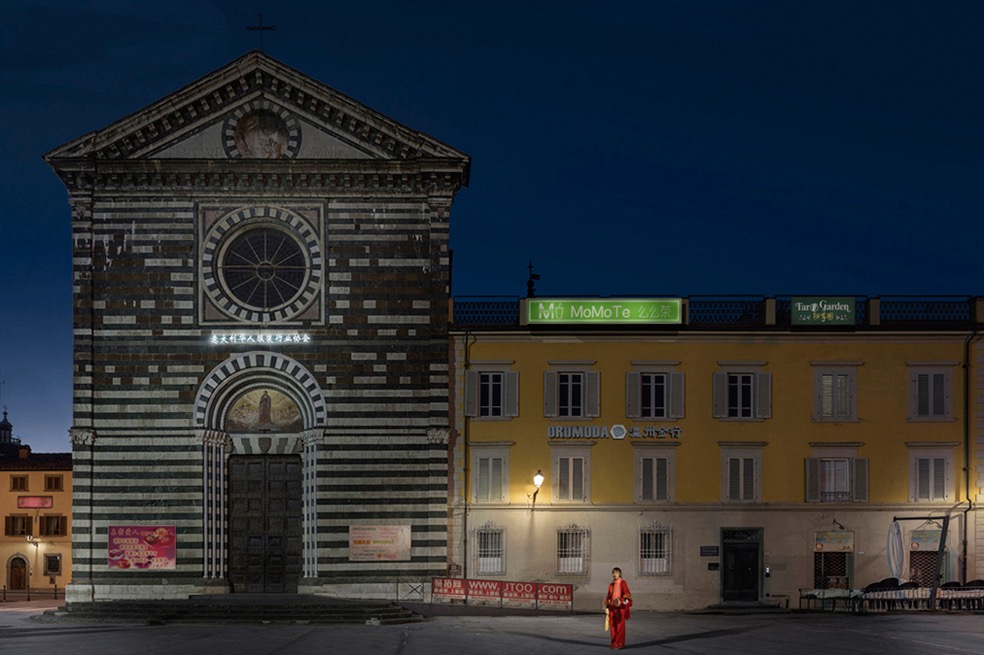
Piazza san francesco 圣弗朗西斯 (的) 广场 – China Land © Giovanni Presutti
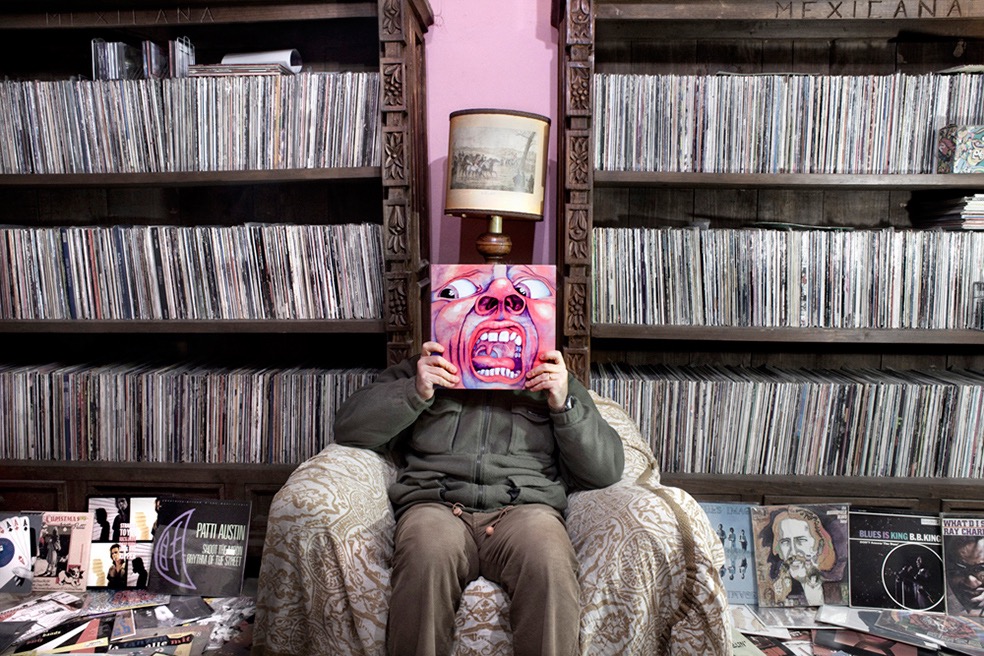
Dependency # 2 © Giovanni Presutti

Dependency # 20 © Giovanni Presutti

Dependency # 15 © Giovanni Presutti

Dependency # 9 © Giovanni Presutti

Dependency # 3 © Giovanni Presutti

Hello Dolly! # 1 © Giovanni Presutti

Hello Dolly! # 10 © Giovanni Presutti
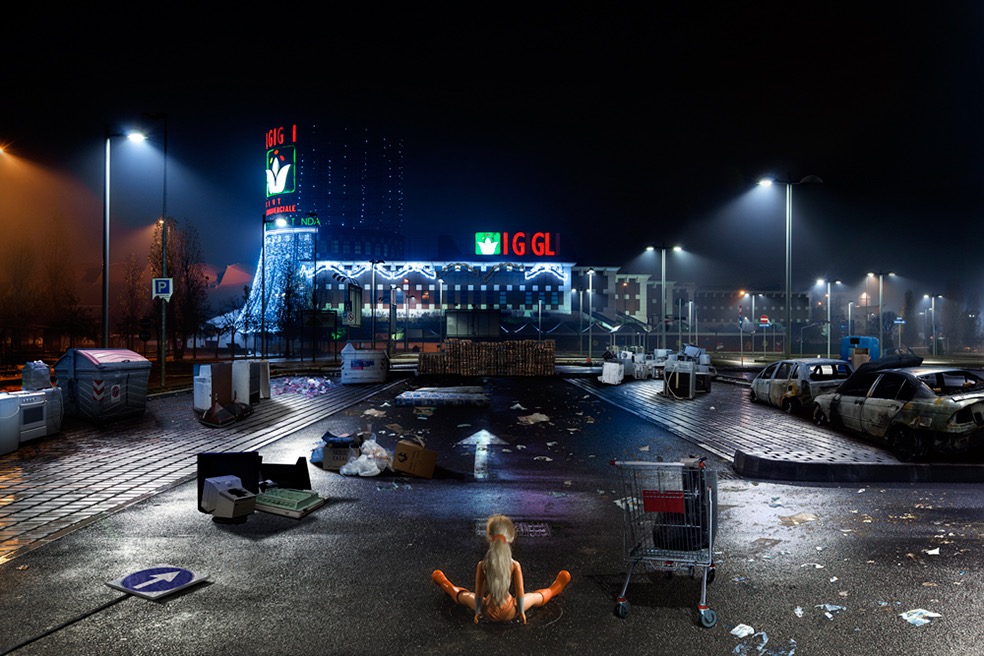
Hello Dolly! # 7 © Giovanni Presutti
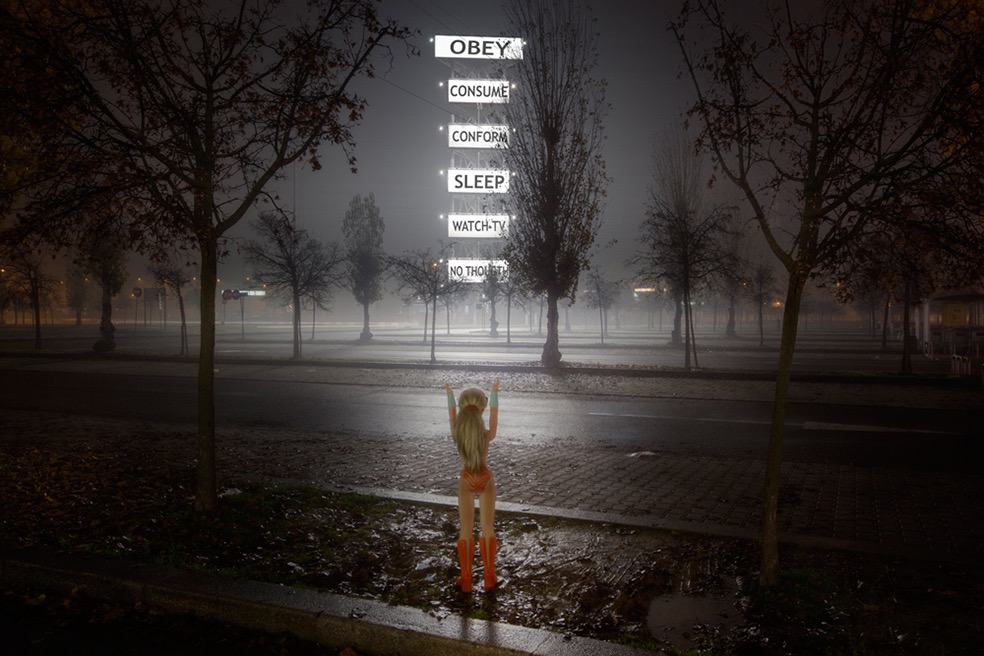
Hello Dolly! # 6 © Giovanni Presutti

Hello Dolly! # 3 © Giovanni Presutti

Hipsta.art – Hipsta.Nothing © Giovanni Presutti

Hipsta.selfie – Hipsta.Nothing © Giovanni Presutti
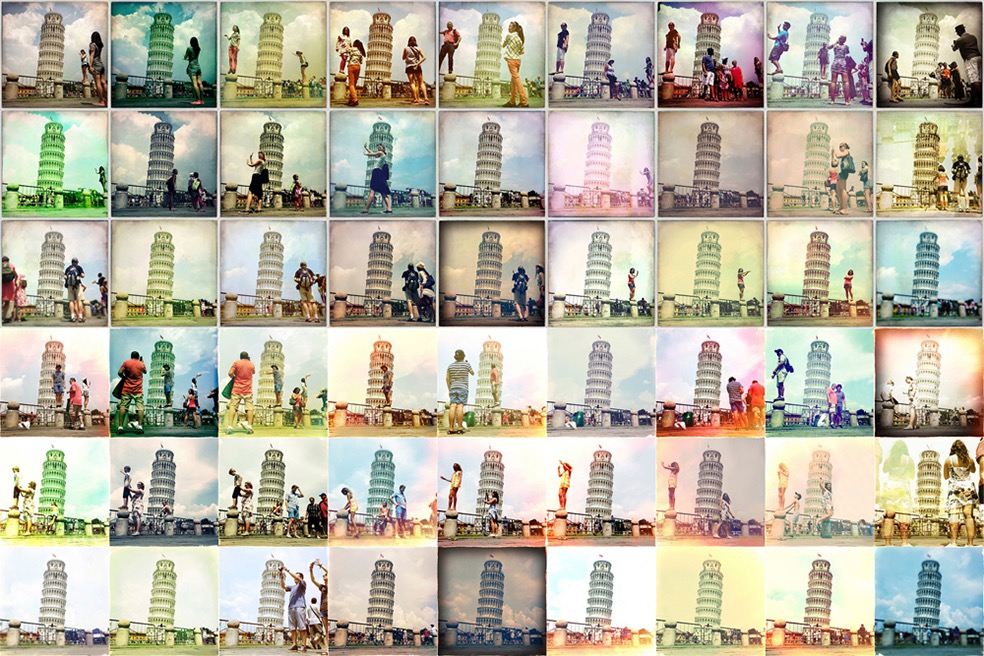
Hipsta.monument – Hipsta.Nothing © Giovanni Presutti

Hipsta.feet – Hipsta.Nothing © Giovanni Presutti
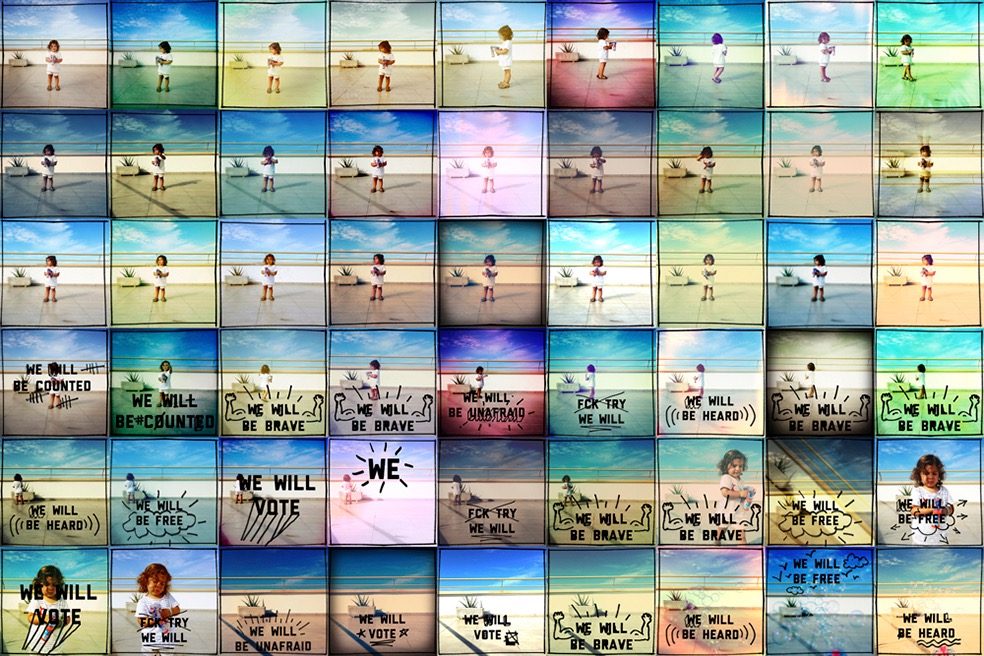
Hipsta.baby – Hipsta.Nothing © Giovanni Presutti




